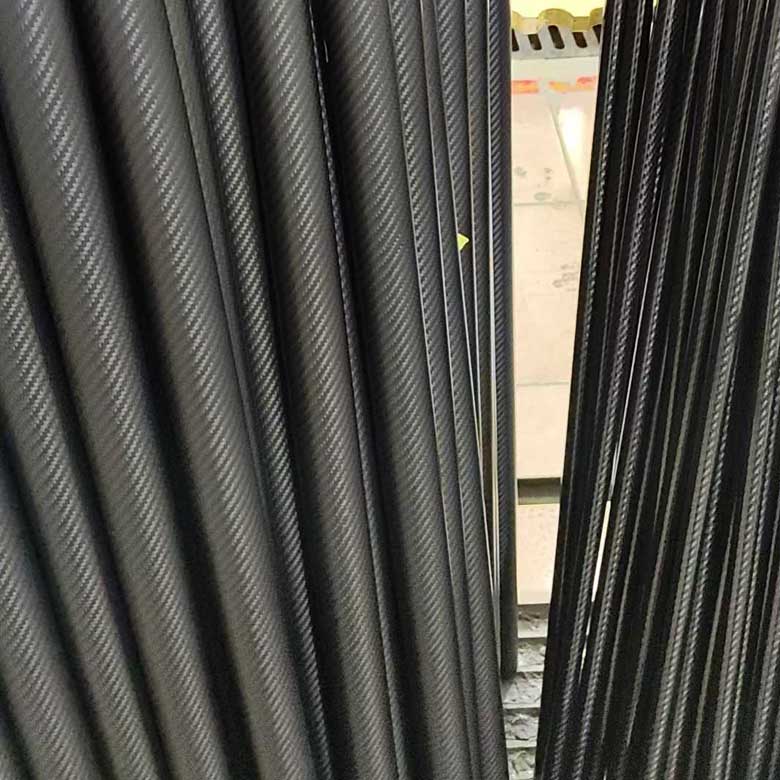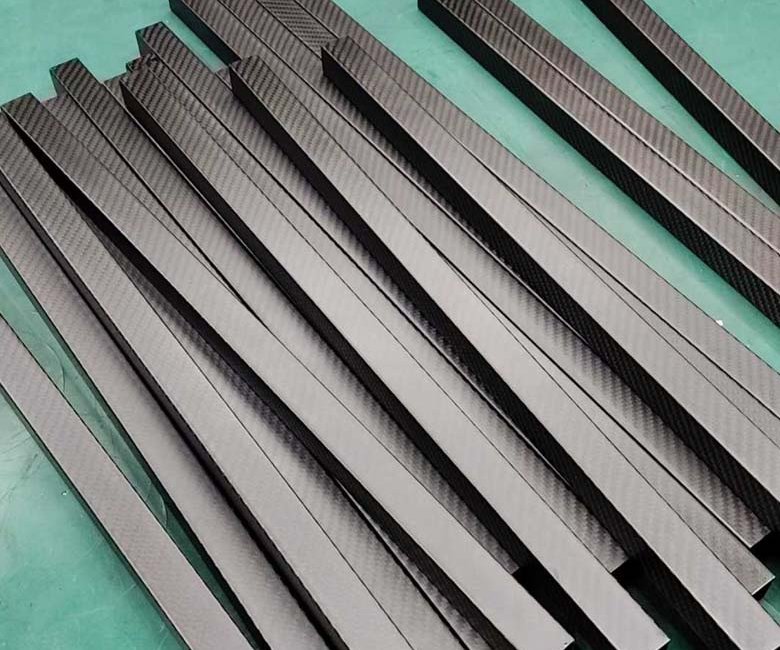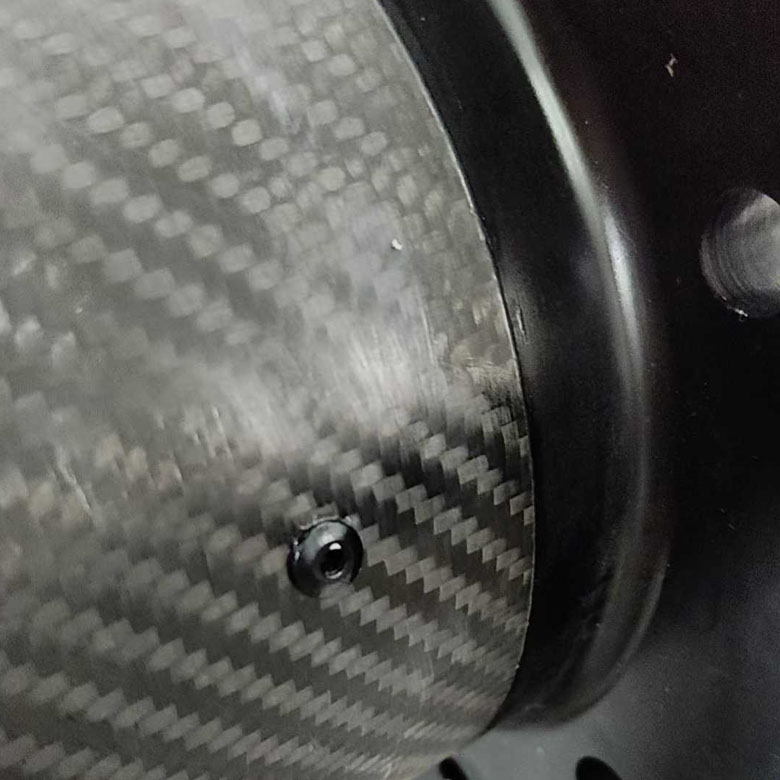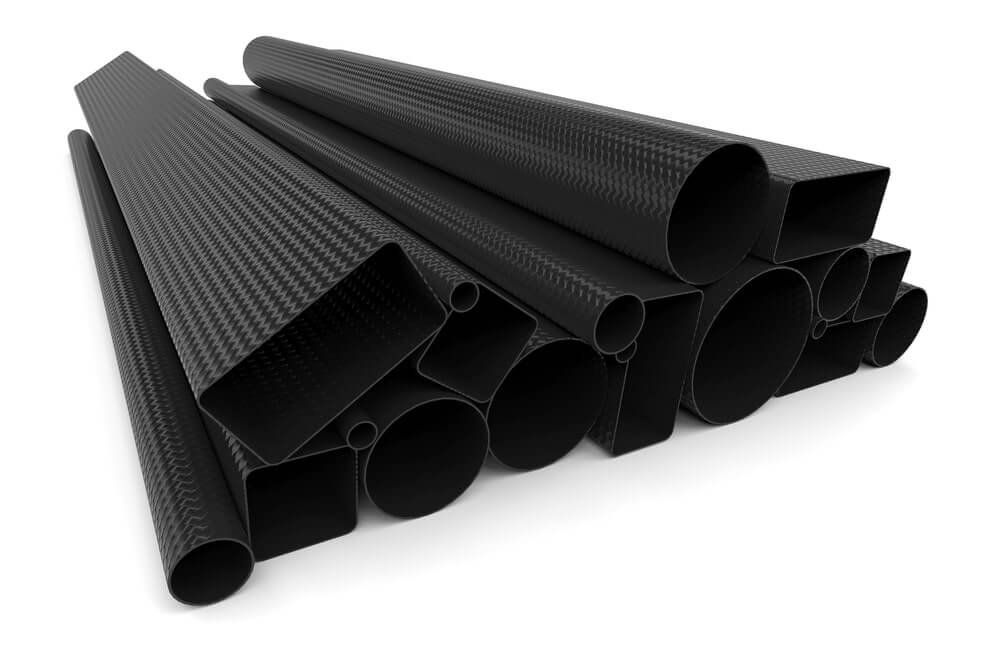Why Customizing a Carbon Fiber Tube Frame Takes More Than Just Tools
Every builder eventually hits a wall — off-the-shelf parts don’t always fit the dream. That’s where a carbon fiber tube frame enters the picture. Whether you’re building a lightweight drone chassis or a high-performance bike rig, customization gives you control.
This guide tackles every key step — from cutting carbon fiber tube sections to final edge finishing. Plus, we’ll cover the right carbon fiber tube clamps, connectors, and essential gear for pros and beginners alike.
Carbon Fiber Fabrication Techniques for Custom Tube Frames
Building with carbon fiber requires more finesse than brute strength. Unlike metals, this material behaves differently under pressure or friction. A standard carbon fiber tube frame demands a mix of precision, patience, and heat-conscious technique.
Popular methods for fabrication include:
Cold cutting with abrasive wheels
Waterjet shaping for clean profiles
Epoxy bonding instead of welding
Mechanical clamping using carbon fiber tube clamps
Some setups use carbon fiber tube connectors for modular builds. Others embed oval carbon fiber tube sections into frame corners for better aerodynamics. Picking the right approach depends on how your final build needs to perform.
Cutting Carbon Fiber the Right Way Without Ruining Your Gear
Wanna know how to cut carbon fiber tube without burning through blades or lungs? You need the right blade and a dust control plan.
Tools for safe, sharp cuts:
Diamond grit blade (for a dremel or chop saw)
Wet saws to keep resin cool
Vacuum attachment or sealed box to catch dust
Tape wrap around cut points to prevent fraying
Never use a wood blade. Never cut bare — always wear an N95 mask and eye gear. If you skip that, carbon fiber dust might land where it shouldn’t.
Short bursts and steady feed pressure make for cleaner edges. Cutting carbon fiber tube with no prep? Bad idea.
Modifying and Shaping Carbon Fiber Parts for Frame Fitment
Once you’ve chopped that carbon fiber tube frame, the real work starts — getting it to match your specs. Whether you’re working with a carbon fiber tube square profile or a curved carbon fiber intake tube, shaping matters.
Use these methods:
Sanding blocks for minor edge contouring
Die grinders with carbide burrs for interior slots
Rotary files for precise notch work
Jigs to keep shapes consistent while adjusting angles
Fitment errors cost time. Don’t guess the shape — measure twice, cut once, then dry-fit everything using carbon fiber tube clamps before final bond or bolt.
Sanding and Finishing Edges of Carbon Fiber Tube Cleanly
Rough edges aren’t just ugly. They’re dangerous. Unfinished carbon can flake, splinter, or cut your skin. Clean it up right before assembly.
Smooth moves:
120 to 320 grit sandpaper works best
Wrap sanding paper around a block or rod
Edge sealant or resin for added protection
Wipe down surfaces using isopropyl alcohol
Avoid over-sanding. That weakens fiber near cuts. A thin coat of UV-safe epoxy over edges gives your carbon fiber tube for sale a pro finish, especially for exposed sections.
Pro Tips & Best Practices for Carbon Fiber Tube Frame Builders
You don’t need a lab or $10,000 worth of gear. Just smarts, practice, and a few lessons from those who’ve done it wrong before.
Top builder insights:
Always cut with ventilation or outdoors
Match connectors to tube dimensions — don’t “force fit”
Use carbon fiber tube connector systems that allow adjustment
Add thread inserts for bolted joints instead of drilling straight into fiber
Never coat the entire surface in resin — just the seams or ends
Rotate your carbon fiber tube clamps for better stress distribution
When modifying a carbon fiber tube frame, don’t rush. Let each step cure or cool before moving forward. This stuff ain’t wood.
Common Mistakes to Avoid While Working with Carbon Fiber Tube Frames
Plenty of people ruin high-end carbon parts just by skipping a step or choosing the wrong blade. Here’s what not to do:
Avoid high heat tools — carbon resin doesn’t like melting
Don’t sand aggressively near joints
Never mix brands of connectors and clamps without checking tolerances
Don’t assume symmetry — always check square cuts on carbon fiber tube square frames
Skip the guesswork — always clamp before final bonding
One bad cut turns a $100 frame into scrap.
Where to Buy Quality Carbon Fiber Tube for Custom Frames
If you’re on the hunt for carbon fiber tube for sale, skip generic vendors. Look for suppliers that offer:
Pre-tested carbon fiber intake tube and structural-grade options
Various profiles — round, square, oval
Custom lengths
Matching carbon fiber tube connector kits
Reliable carbon fiber tube clamps for mounting
You don’t need aerospace-level gear. Just parts that won’t warp or splinter after one ride or drop.
Conclusion: Building a Carbon Fiber Tube Frame Takes Skill — Not Just Tools
Customizing a carbon fiber tube frame brings freedom, strength, and serious weight savings. It takes time, yes. But with the right gear — and smart hands — anyone can create something that looks slick and lasts longer than aluminum or steel alternatives.
Start with clean cuts. Sand with care. Use quality clamps and parts. Then test your setup before hitting the trail, airstrip, or track.






